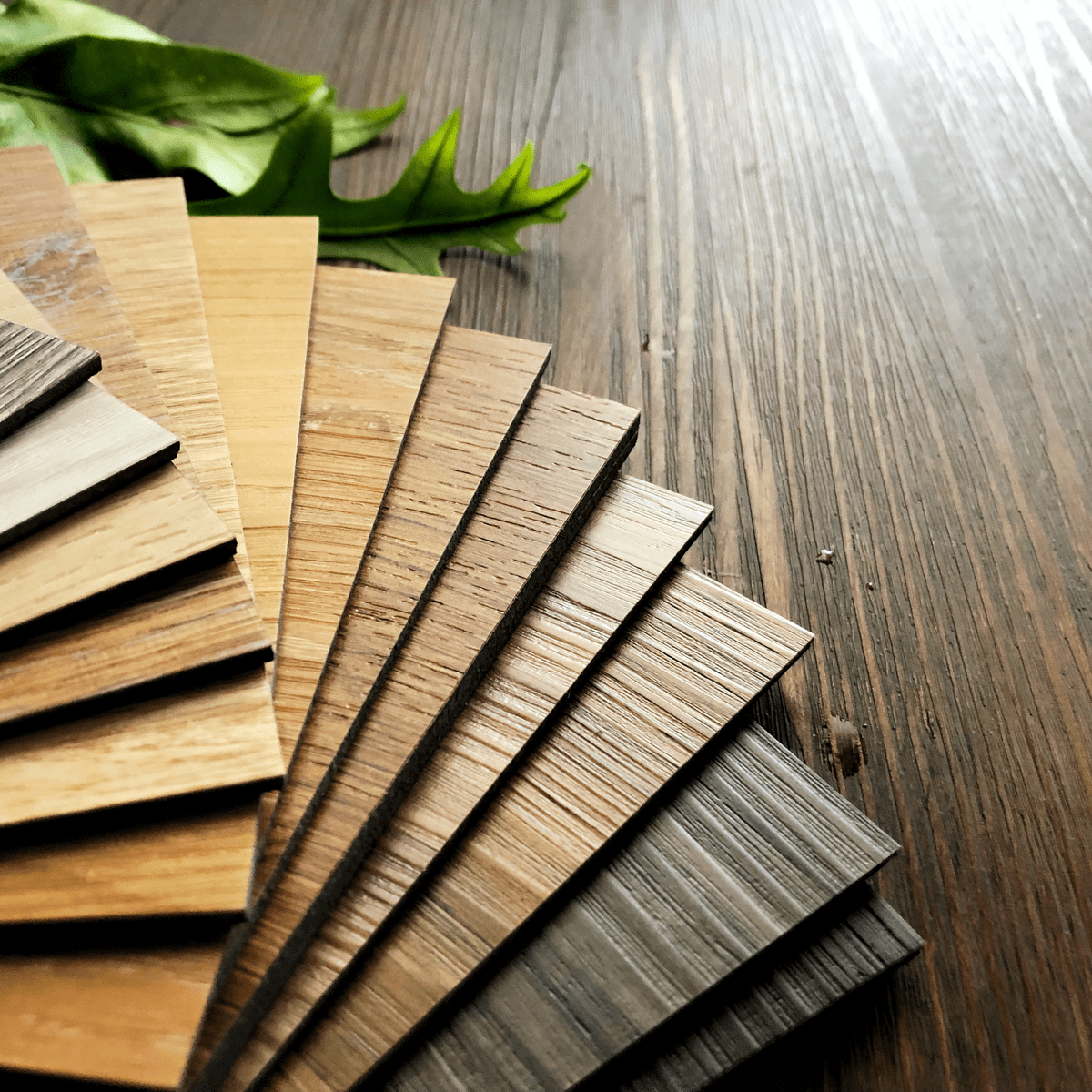What Type of Flooring Would You Recommend for Long-term Wear for Rentals?
Dustin Edwards • July 10, 2021
Attractive Flooring that Lasts Helps You and Your Tenant

Buying flooring for your Long Beach rental can be a daunting process. You want to make the right decision while also remaining within your price range.
There are a variety of factors to consider. Your rental flooring should be aesthetically pleasing, easy to clean, and built to last. It should provide your tenants with both convenience, a touch of style, and even help to attract the best tenants
for your property.
Furthermore, buying flooring for your rental is not the same as buying for your primary residence. This is a mistake that many new landlords make. It is one that, after it has been made once, is not repeated. We encourage you to discover flooring options below that are ideal for your Long Beach rental.
Luxury Vinyl Tile
Gone are the days of wall-to-wall carpet. Not only is it a burden to clean, but it also retains hideous stains and is not durable. Additionally, dogs and cats can easily shred and rip up carpet. Though tenants with pets would obviously have to pay for any damages, you would still be responsible for all the work of buying new carpet and hiring an installation service.
While wood flooring is easier to clean, much like carpet, it is not durable. Wood flooring is prone to scuffs, scratches, and spills. These damages are sometimes permanent. Even if they are fixable, repairs can be expensive. Also, wood flooring is not ideal for humid environments. This poses an issue for rentals in Long Beach.
All the potential hassles of a rental fitted with carpet or wood flooring can be eliminated by replacing it with much stronger alternatives, such as Luxury Vinyl Tile.
Luxury Vinyl Tile (or LVT for short) is a type of flooring that resembles wood or stone. It consists of three layers - a backing layer to add stability, a photographic layer that displays the design, and a protective layer to promote longevity. LVT’s strong protective layer shields against scratches and water. Whether the bathtub overflows, appliances leak, or your tenant spills a drink, the flooring will remain safe. Moreover, LVT is humidity resistant and preserves heat to keep your tenants’ feet warm, unlike wood flooring which (without proper insulation) is usually cool underfoot.
Many people are partial to the coziness of waking up and stepping on warm, fluffy carpet. As such, tenants may have an adverse reaction to bedrooms lacking carpet. However, you can put LVT in your rental’s bedrooms and still keep your tenants happy. To help with creating a “warm” environment consider putting down area rugs to offset the usage of the LVT as those can be replaced for each tenant easily and very cost effectively.
Another positive of LVT is its noise reduction. Although footsteps on wood flooring can commonly be heard around your rental, footsteps on LVT are relatively silent. This makes your rental a quieter place.
Best of all, LVT is a relatively inexpensive option. According to ImproveNet, material costs run at about $2 to $7 per square foot, and installation costs range between $1 to $4 per square foot. Despite its low price, LVT is visually stunning and rivals the look of wood flooring. For more information surrounding LVT pricing, visit your local flooring retailer.
Taking all these points into consideration, LVT is arguably the best option for your Long Beach rental. Hiring a property management company can make finding and installing LVT easier. If you would like assistance with flooring or other additions to your rental, we invite you to call us today at (562) 888-0247, or you can check out our Free Rental Analysis online.





